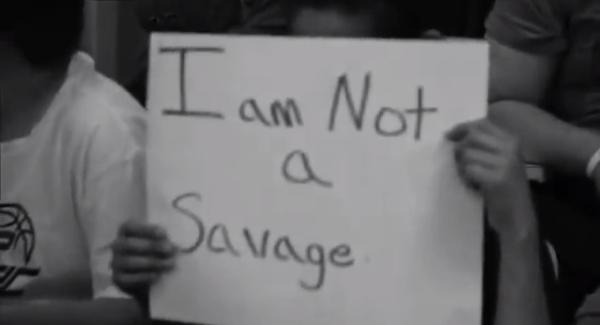Source: Quinault Indian Nation
ABERDEEN,WA (6/26/14)– The Quinault Indian Nation, Citizens for a Clean Harbor, Grays Harbor Audubon Society, Friends of Grays Harbor and other concerned citizens will join together in a rally to “Honor Lac-Mégantic, Honor the Treaties and Honor the Earth” Sunday, July 6 at Aberdeen’s Zelasko Park. The public is invited.
“It’s no secret that we have been opposing the proposals by Westway, Imperium and U.S. Development corporations to build new oil terminals in our region, and the consequent massive increases in oil train and tanker traffic. But this event is intended to honor the 47 men, women and children who lost their lives in Lac-Mégantic, Quebec, on the first anniversary of their death due to a tragic oil train explosion,” said Fawn Sharp, President of the Quinault Indian Nation.
“The Tribe has made its position clear. Treaty-protected fishing rights and oil just do not mix,” said President Sharp. “We have to support sustainability in Grays Harbor, and that means protecting our environment. The fishing industry, tourism and all of the supportive businesses are far too important to let them wither away at the whim of Big Oil.”
The various sponsors of the July 6 rally also concur wholeheartedly that the rally is intended to honor the Earth. “This is what connects all of us here in Grays Harbor County. It’s what connected us with our brothers and sisters in Lac-Mégantic, too, and that’s why we honor their memory,” said President Sharp. “Chief Seattle is credited with saying that all things are connected. It is as true today as it was in his day. We all live on the same Earth, and we have got to work together to protect it for our children, and for future generations.”
The July 6 event will take place at Zelasko Park from noon to 7 pm. At various times during the day, the names of all 47 victims of the Lac-Mégantic oil train explosion will be read, as well as posted. There will also be rally signs, exhibited for the benefit of 4th of July week end traffic, music, food and other festivities. The public is encouraged to come, participate and enjoy.
For more information please email ProtectOurFuture@Quinault.org or “like”
Facebook https://www.facebook.com/QINDefense.












